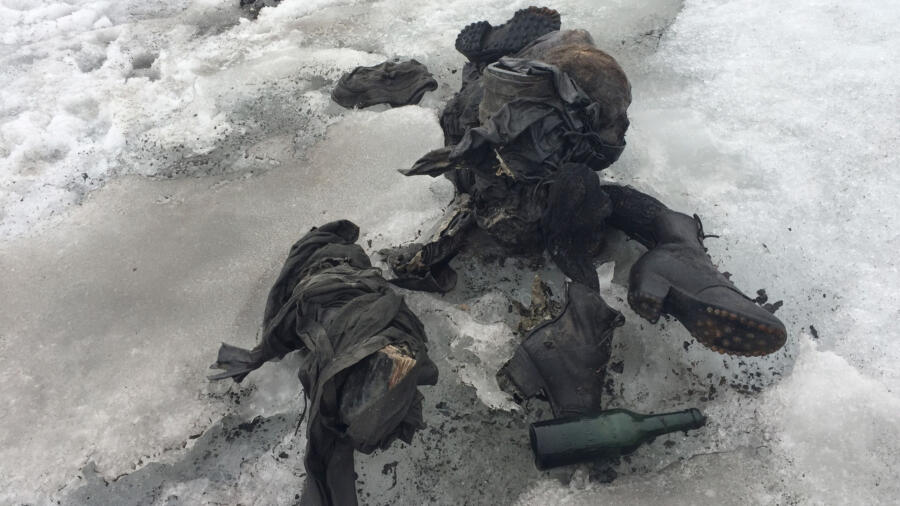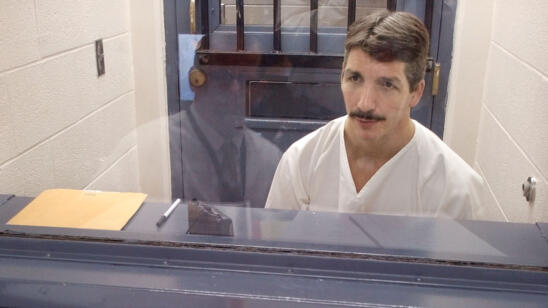It was a frigid December night in 1975 and after finishing up at the clothing store where she was working to earn some Christmas money, Carol Rofstad met up with a pal and then started walking alone back to her sorority house at Illinois State University.
The pretty 21-year-old with long blond hair never made it. Her bludgeoned body was found just outside the Delta Zeta house in Normal, Illinois with the suspected murder weapon, a piece of railroad tie, nearby, according to Illinois State Police.
Police interviewed people around the state, reviewed multiple leads and accumulated many boxes of files. But 42 years later, Rofstad’s murder remains unsolved and the case has gone cold, according to Lt. Paul Smith of the Normal, Illinois Police Department. “We are in a holding pattern with it,” he says.
But cold doesn’t mean closed, which is what happens when there’s not enough proof to show a crime occurred, according to Illinois State Police Master Sgt. Matt Boerwinkle. In a cold case, all leads, evidence and attempts to identify a perpetrator have been exhausted—a designation that can be slapped on a file “within days of the initial report to years depending on the circumstances,” he says.
How Many Cold Cases Are There? No One Knows
So how many cold cases are there in the U.S.? The FBI doesn’t track the number because the agency only collects data on specific crimes for its Uniform Crime Report, according to an FBI spokesperson in Washington, D.C. State and local police might keep their own unofficial numbers, but no entity compiles a running total.
One way to get a sense of the magnitude, however, is by looking at unsolved murders since homicides make up the bulk of cold cases, according to Kenneth Mains, a police detective and founder of The American Investigative Society of Cold Cases.
No department directly collects that statistic either, but the number of unsolved murders can be calculated using murder rates and clearance (“solved”) rates, for a total of about 71,685 over the past 10 years.
How a Cold Case Can Be Reopened
To bring one of those many cold cases back to life, Boerwinkle says, investigators need just one small break, and law enforcement officers are the ones making the call.
That spark can come from anywhere at any time: a fresh tip, the retesting of forensic evidence using more recent scientific techniques or the uploading of a DNA profile into a database that produces an unexpected match, police say.
Other catalysts could be pressure from families, renewed media attention prompting new clues from the public, the lure of reward money tempting previously reluctant sources or sleuths reinvestigating dusty case files, according to police.
Even something as low-tech as writing out a timeline of events and charting how victims and suspects are connected—used to dramatic effect on TV crime dramas—can inspire new insights and fuel the resurrection of a moribund file. “[With] homicides, it tells a story,” says Kathryn Loving, a former Casper, Wyoming police officer who has employed such a technique. “Things might trigger an interview you need to conduct or fill in a timeline which seems void of information.”
A new lead can spring from something as movie-of-the-week cliché as a deathbed confession to such offbeat scenarios as melting ice exposing the buried bodies of missing people or a dog discovering a human skull, a case currently under investigation, according to Jeffrey Vannest of the FBI Minneapolis office.
The Search for Justice
Some cops say the quest for justice for the victim, family and community is what keeps them pursuing an old mystery even as daily crimes continue to roll in, demanding their attention.
“You want to bring closure to the family and see justice done,” says Jim Parks, a retired Norman, Oklahoma detective sergeant who recently returned part-time to operate the police department’s first cold case unit. “You don’t want violent people out roaming the streets, (and) someone needs to be held responsible.”
Parks is now working to find out what happened to Owachige Osceola, a 27-year-old mother found dead in her Norman home in September 2013 after a friend discovered the front door kicked in. About 10 months after Osceola’s bruised body was found upstairs on the bedroom floor, the case went cold—cops ran out of leads and didn’t have enough evidence to charge a suspect, Parks says.
A few weeks ago, however, he reopened the file after the family upped the reward money from $2,000 to $40,000 and at the urging of the original detectives. “It bothered them because it hasn’t been solved,” Parks says. “They’re upset.”
A “Hunch” Leads to an Arrest and Conviction
For police in Griffin, Georgia, a 20-year-old murder case was reignited after a detective, who periodically reviewed cold cases, had a hunch about a long-forgotten shirt stashed in an evidence box and decided to re-test it.
The black T-shirt belonged to a man suspected of stabbing his estranged wife, Peggy Stanford, and her friend, Phillip Leaks, although at the time of the killing in 1994, lab tests did not detect blood on the garment and charges were dropped, says Lt. Mike Morris, a former Griffin detective who worked the case.
In 2013, Morris randomly looked anew at the evidence, resubmitted the shirt and reopened the case when the state crime lab, using newer scientific methods, was able to report that there was blood on the shirt, and it came from Stanford, he says. That detail proved to the detective that the victim’s husband was indeed at the scene of the crime and that information opened doors to more questioning, he says.
Cops wired up an informant, sent him to visit the husband and heard him claiming his then-wife had stolen money from him, was cheating on him and needed to die, according to Morris. Twenty years after the slaying, Larry Stanford was convicted of murder and sentenced to life in prison.
Morris was especially pleased to have told Peggy’s mother of the arrest, though she died before the case went to trial. “I went to visit her in the hospital,” he says. “She said to me the last thing she wanted before she’d leave this earth was knowing that Larry would go to jail for this.”
Those involved in Rofstad’s case are hoping for a similar outcome. Smith says the department won’t be satisfied until they find an answer. “We owe it to Carol and her family to solve what happened to her.”
Related Features:
Check Out Cold Case Files: The Podcast


